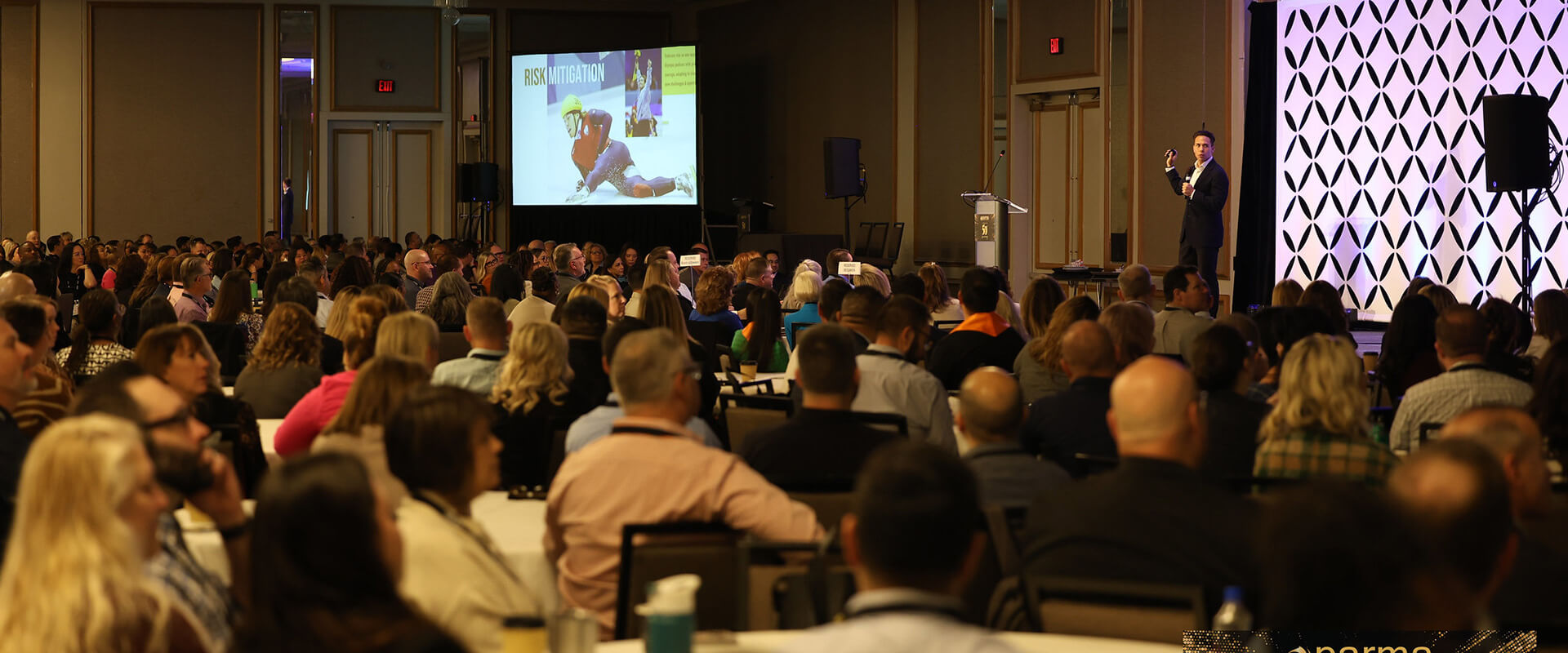From the passenger’s perspective, ride-hailing services like Uber and Lyft offer a preview of what self-driving cars are supposed to deliver. You tap the button and summon a vehicle, and it takes you to your pre-entered destination. Yes, there’s a person in there, but now you can opt for a “quiet” ride, silencing the human who just happens to be sitting in the driver’s seat.
In New York City alone, more than than 620,000 daily trips are made like this. And, from what researchers have observed, the external impacts of this surge also hint at what the autonomous future has in store. In exchange for seamless, low-cost, car-based transport, cities across the U.S. are seeing congestion worsening, public transit ridership dipping, and more vehicle-miles wearing down roads—some of the worst-case stuff that futurists predict for when hailing a robo-car is even cheaper and easier.
In the Fourth Annual Healthcare Ready national survey on the emergency preparedness of Americans, a larger number of respondents indicated a concern that they are vulnerable to a disaster, and yet 51 percent said they didn’t have a plan for a disaster.
Of the 1,245 adults surveyed, 54 percent said they are aware that they or their families could be affected by a disaster within the next five years. That was in increase from last year’s 51 percent. The survey results were released last week.
A group of PG&E Corp. creditors could preempt the embattled California utility’s own attempt to claw its way out of bankruptcy by presenting a restructuring plan that could be worth at least $45 billion, according to people familiar with the matter.
The plan builds on a proposal floated earlier this year. The updated plan includes substantially more cash for compensating existing wildfire victims, establishing a new statewide wildfire liability fund and recapitalizing PG&E, said the people, who asked not to be identified because the details are private.
Cyberattacks on local governments are on the rise -- and they’re becoming more sophisticated. The latest case in Baltimore, where the city is still struggling to restore critical networks more than three weeks after being hacked, could be a harbinger of things to come.
Already this year, at least 24 municipalities have reported ransomware attacks, including Amarillo, Texas; Augusta, Maine; Imperial County, Calif.; Garfield County, Utah; Greenville, N.C.; and Albany, N.Y. That’s on pace to surpass last year’s total of 53, according to data collected by the tech company Recorded Future.
U.S. real estate title insurance company First American Financial Corp. said on Friday it had learned of a design defect in one of its production applications that had made possible unauthorized access to customer data.
The statement was sent in response to a report by security news website Krebs on Security, which said First American’s website had exposed about 885 million files dating back to 2003.
When the price of physician services increases relative to group health rates, injured workers report fewer problems getting the care they want but no significant improvement in physical function or speedier return to work, according to a study released Thursday by the Workers’ Compensation Research Institute.
WCRI used data taken from interviews with injured workers in 14 states and claims data from 30 states to measure the impact of medical price changes, relative to prices paid by group health.
PG&E Corp. may set up a $105 million housing fund for victims of 2017 and 2018 wildfires in California, which set records for devastation and were blamed on the utility’s equipment, the judge overseeing the bankruptcy of the investor-owned power producer ruled on Wednesday.
Creditors, which include wildfire victims, are fighting for funds as PG&E navigates bankruptcy stemming from the blazes and as the state plans for increasingly long and dangerous fire seasons its officials attribute to climate change.
The U.S. Army Corps of Engineers has changed Prado Dam’s risk characterization from moderate urgency to high urgency, based on a recent assessment.
More than 1.4 million people live and work in 29 cities downstream of Prado Dam, with more than $61 billion in property.
(TNS) — Phil and Michelle John know they have it better than most.
Their house was among the 11 percent in Paradise that survived the Camp fire, and they moved home in early April. Their street is largely intact, and many of their neighbors have returned. Even their cat is recovering, having miraculously turned up, half starved and reeking of smoke, a couple of weeks after the fire.
On the other hand: They’ve lost much of their social circle. Their Friday night routine — burgers with friends at Barney’s or some other beloved restaurant — has ended. John, their friend from Rotary, has moved to the Bay Area. Sandy, their Realtor friend, relocated to Lake Tahoe. Their golfing buddies have scattered down the hill, to Chico. While some of the old gang will likely return, hardly a day goes by when they don’t learn of someone listing their house for sale.
State fire investigators have determined that transmission lines owned by Pacific Gas & Electric Co caused the deadliest and most destructive wildfire on record in California, a blaze that killed 85 people last year, officials said on Wednesday.
The wind-driven blaze, dubbed the Camp Fire, erupted in the drought-parched Sierra foothills 175 miles north of San Francisco in November 2018 and raced with little warning through the town of Paradise, incinerating much of that community.










